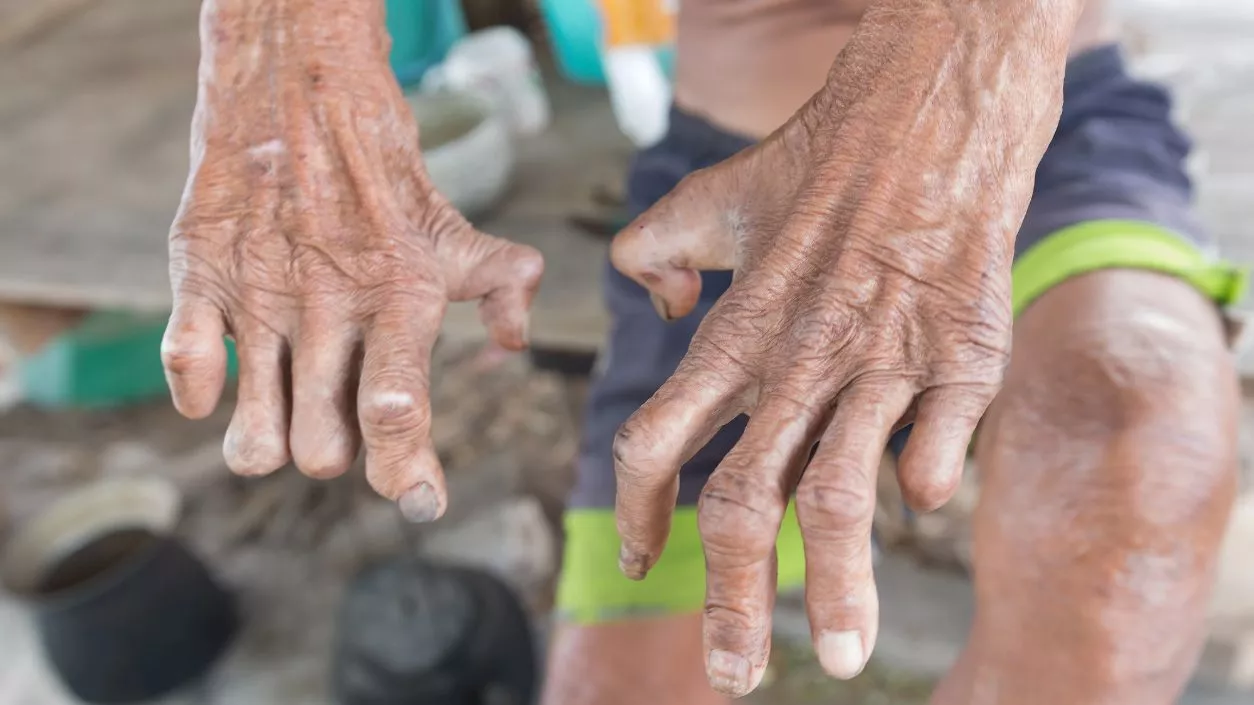Protests erupt outside Kasba Police station as 3 arrested in alleged Kolkata college gang rape
.gif)
.gif)

India accounts for 53% of all global leprosy cases, with the country continuing to register significant numbers of new cases annually. Leprosy, or Hansen’s disease, is a chronic infectious disease caused by Mycobacterium leprae. The disease primarily affects the skin, peripheral nerves, mucosa of the upper respiratory tract, and eyes. Transmission occurs through prolonged and repeated contact with droplets from the nose or mouth of an untreated individual.
The disease remains endemic in several parts of the country. Out of more than 700 districts, 125 districts across 14 states report a high prevalence of leprosy. Chhattisgarh leads with 24 affected districts, followed by other states with notable clusters of cases. Despite being curable through multi-drug therapy (MDT) recommended by the World Health Organization (WHO), delays in diagnosis continue to result in advanced cases with severe complications.
India has 750 colonies where individuals affected by leprosy live in social isolation due to persistent stigma. Experts highlight that ignorance about the disease contributes to discrimination, which prevents affected individuals from seeking timely treatment. Awareness campaigns are being conducted in high-burden areas to educate communities about the curability of the disease and the importance of early detection.
Efforts to combat leprosy focus on intensified surveillance, active case detection, and free provision of MDT across health centers. Rehabilitation programs aim to address physical, social, and economic challenges faced by affected individuals, ensuring their reintegration into society. Legal reforms are also being pushed to protect the rights of individuals affected by leprosy and eliminate discriminatory practices.
The Indian government has set an ambitious target to achieve a “Leprosy Mukt Bharat” (leprosy-free India) by 2027, three years ahead of the global Sustainable Development Goal (SDG) target of 2030. This target involves a multi-pronged approach that includes early case detection campaigns, treatment completion, and post-treatment care to prevent residual disabilities.
Leprosy remains one of the most easily curable diseases when detected early, with MDT achieving a 100% cure rate if administered promptly. Collective efforts from the government, health organizations, and local communities are being directed toward not only eradicating the disease but also addressing the stigma and discrimination that continue to isolate those affected.